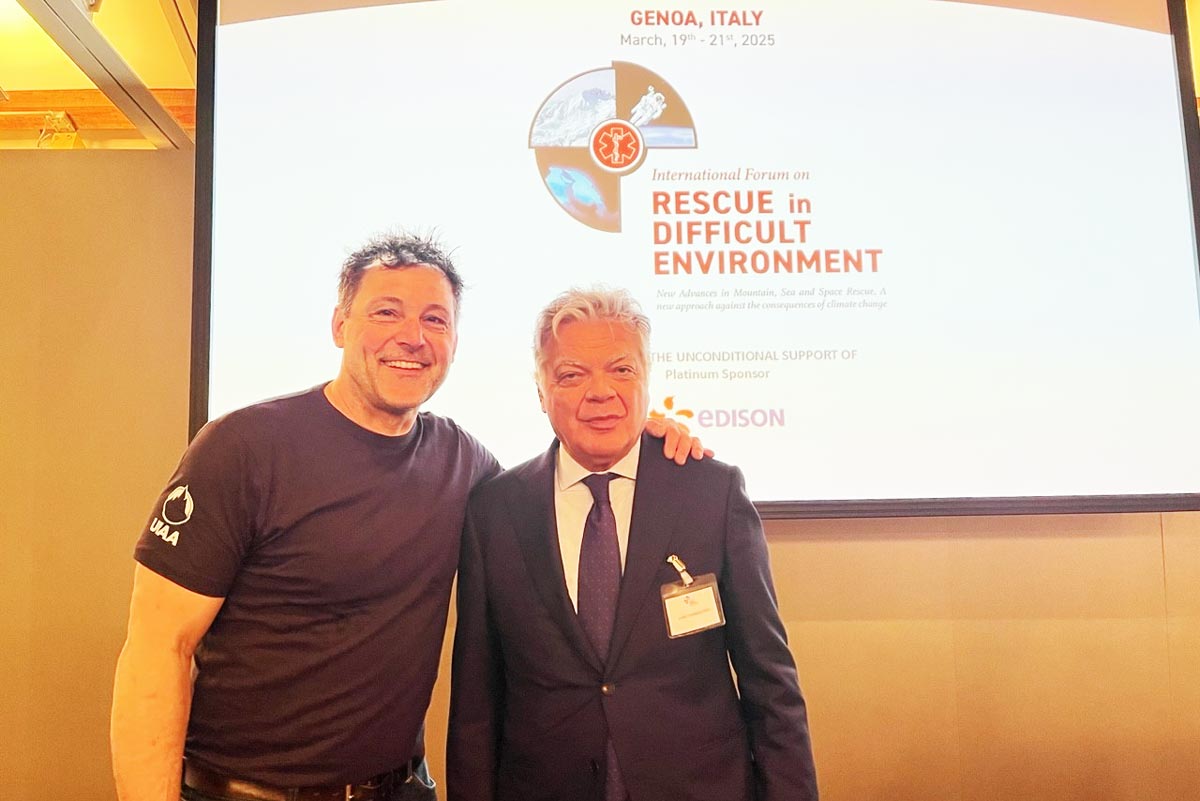The UIAA Medical Commission says better education is urgently required to prevent the deaths of pilgrims going to high altitudes in the Himalayas.
High-altitude sickness may have been responsible for the deaths of at least eight Indian pilgrims over the past couple of weeks during the pilgrimage to the Kailash Manasarovar area, located at 4,560 metres above sea level near the Nepal-Tibet border.
“Because pilgrims typically ascend very rapidly by helicopter, planes or vehicles, they are unable to acclimatize to the altitude,” said the president of the UIAA Medical Commission, Buddha Basnyat. “Hence the pilgrims run the risk of life threatening high altitude cerebral edema (HACE) and high altitude pulmonary edema (HAPE).”
For many years the UIAA Medical Commission has tried to call attention to the plight of pilgrims going to high altitudes.
The Kailash Manasarovar area is considered very holy in Vedic (Hindu) philosophy, and this June, hundreds of pilgrims were stranded because of a local airlines strike, road repairs, inclement weather and local conflicts. Thousands of pilgrims travel to this area every year.
“Unlike younger tourists or climbers, pilgrims are generally older and suffer from illnesses like diabetes, and have a history of heart disease and hypertension and therefore may be more prone to problems from these conditions because of the relative lack of oxygen at high altitude,” Basnyat added. “In addition, medicines taken for high altitude could potentially interact negatively with other medications they are taking.”
“Pilgrims ascending rapidly is a persistent problem and better education and awareness among this population and the relevant travel agencies needs to be promoted.”
Please contact office [at] uiaa.ch if you would like further information or an interview with UIAA Medical Commission president, Buddha Basnyat.
For further information on the work of the UIAA Medical Commission, click here.


